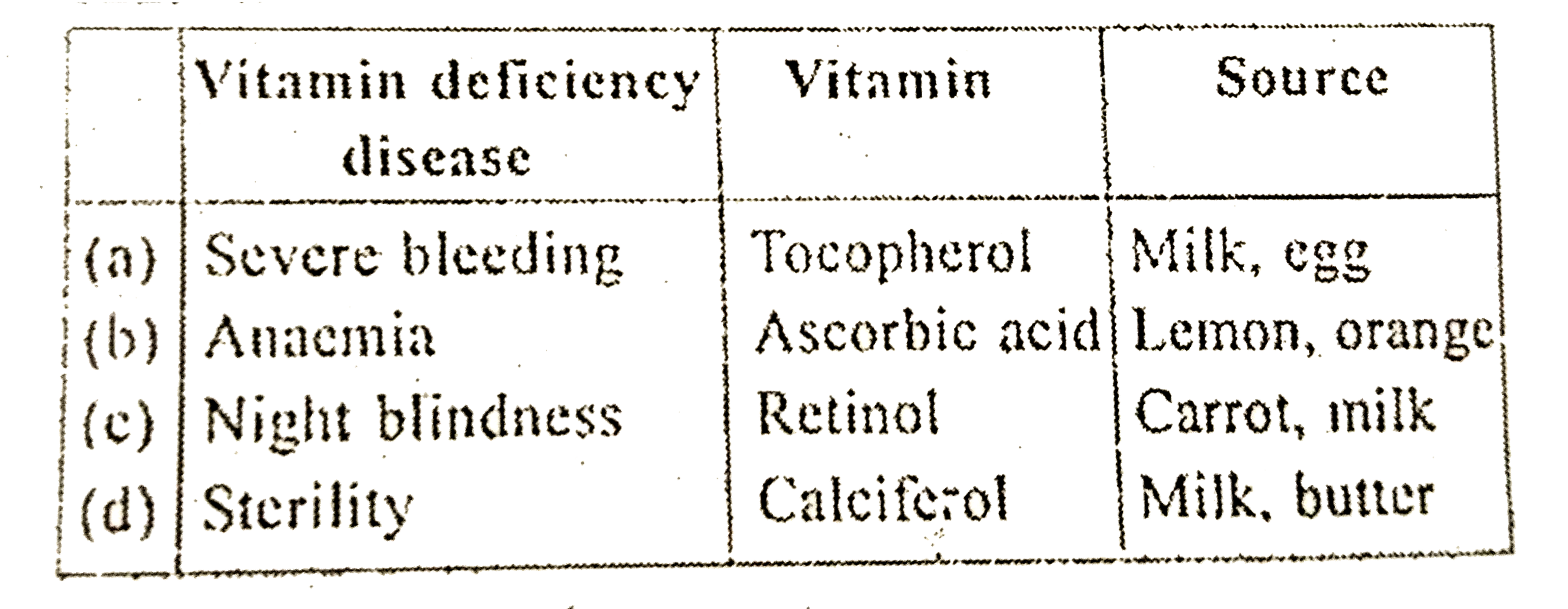Which is true ?
Silk is extracted from cocoon of moth by boiling
Larva of moth secretes silk
Salivary glands of moth secrete silk
Leaves of Mulberry produce silk.
The correct Answer is:A
To determine which statement is true regarding silk and its production, let's analyze each option step by step.
1. Option A: Silk is extracted from the cocoon of moth by boiling.
- This statement is partially true. Silk is indeed extracted from the cocoon of the silkworm (which is the larval stage of the silk moth), but the extraction process typically involves using hot air or steam rather than boiling. However, the essence of the statement is correct as it refers to the extraction process.
2. Option B: Larva of moth secretes silk.
- This statement is true. The larva of the silk moth, known as the silkworm, secretes silk from two glands in its head. The silk is produced in liquid form and solidifies when it comes into contact with air.
3. Option C: Salivary glands of moth secretes silk.
- This statement is misleading. While the silk is produced from glands, it is specifically the silk glands in the larva (silkworm) that secrete silk, not the salivary glands. Therefore, this statement is not accurate.
4. Option D: Leaves of mulberry produce silk.
- This statement is false. Mulberry leaves are the primary food source for silkworms, but they do not produce silk. The silk is produced by the silkworm itself.
Conclusion:
The correct answer is Option B: Larva of moth secretes silk.
- This statement is partially true. Silk is indeed extracted from the cocoon of the silkworm (which is the larval stage of the silk moth), but the extraction process typically involves using hot air or steam rather than boiling. However, the essence of the statement is correct as it refers to the extraction process.
- This statement is true. The larva of the silk moth, known as the silkworm, secretes silk from two glands in its head. The silk is produced in liquid form and solidifies when it comes into contact with air.
- This statement is misleading. While the silk is produced from glands, it is specifically the silk glands in the larva (silkworm) that secrete silk, not the salivary glands. Therefore, this statement is not accurate.
- This statement is false. Mulberry leaves are the primary food source for silkworms, but they do not produce silk. The silk is produced by the silkworm itself.
The correct answer is Option B: Larva of moth secretes silk.
Topper's Solved these Questions
- PHYLUM - ARTHROPODABOOK - DINESH PUBLICATION ENGLISHCHAPTER - PHYLUM - ARTHROPODAEXERCISE - CYG
20 Videos
- PHYLUM - ANNELIDABOOK - DINESH PUBLICATION ENGLISHCHAPTER - PHYLUM - ANNELIDAEXERCISE - Check your grasp
10 Videos
- PLANT BREEDING AND DISEASE CONTROLBOOK - DINESH PUBLICATION ENGLISHCHAPTER - PLANT BREEDING AND DISEASE CONTROLEXERCISE - Check your Grasp
10 Videos
Similar Questions
Knowledge Check
Which is not true of prokaryotes?
AThey are living cellsBThey lack a nucleusCThey are either archaebacteria or eubacteriaDAll are parasiticWhich one is true of mitosis?
AChromosomes must have centromeres to move to opposite polesBAll cells have a centrole, which anchors the spindleCChromosomes double during anaphaseDFour identical daughter cells are formed

